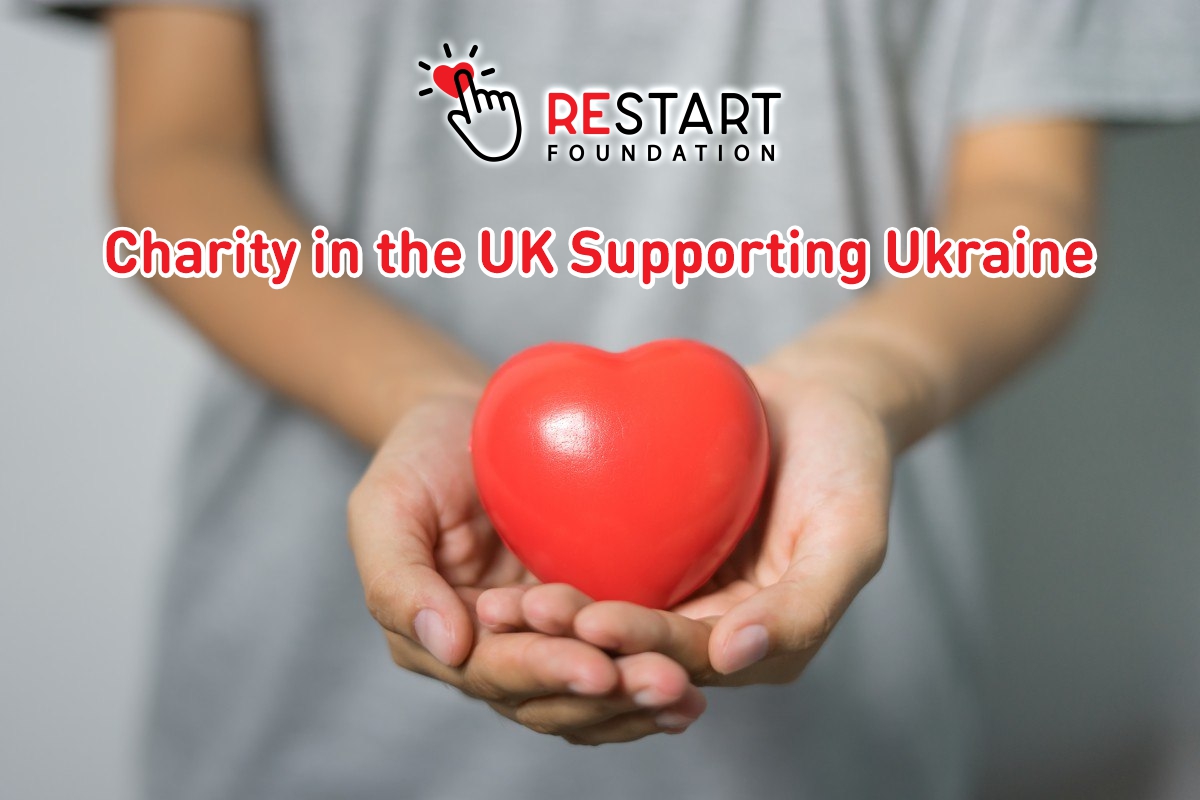Yes, siblings can have different blood types. Blood type inheritance follows a Mendelian pattern, where an individual inherits one blood type allele from each parent. Since there are multiple blood type alleles (A, B, and O), and each parent can carry different combinations, siblings may inherit different combinations from their parents.
For example, if one parent has blood type A and the other has blood type B, their children could inherit either A, B, AB, or O blood types. Therefore, siblings may have different blood types, depending on the specific allele combinations inherited from their parents. This genetic variability is entirely normal and doesn’t affect their overall health or compatibility for organ transplantation.
Why Siblings Can Have Different Blood Types?

Siblings sharing the same parents often exhibit differences in their blood types. This phenomenon is due to the complex interplay of genetic factors, with multiple contributing elements.
Genetic Variability in Inheritance
- Parental Allele Contribution: Sibling blood type differences are rooted in the allele combinations inherited from each parent. Each parent can pass on an A, B, or O allele, leading to various possible offspring blood type combinations.
- Mendelian Inheritance: The Mendelian principles of dominant and recessive alleles determine the child’s blood type, with the combination of alleles from both parents deciding the outcome.
Genetic Recombination and Assortment
- Allelic Shuffling: During the formation of eggs and sperm, genetic recombination and assortment can lead to the creation of new allele combinations. This process is entirely random, which introduces further diversity in offspring blood types.
- Independent Assortment: The assortment of alleles on different chromosomes is independent and unpredictable, contributing to the genetic variation between siblings.
Rare Genetic Mutations and Variations
- Unforeseen Alterations: In some cases, rare genetic mutations or variations can result in unexpected blood type outcomes among siblings. These mutations may affect the ABO system or other blood group systems, further complicating the inheritance process.
- Diverse Genetic Landscapes: Exploring the genetic diversity among families reveals that occasional mutations can lead to remarkable variations in blood types within sibling groups.
Role of Other Blood Group Systems
- Beyond ABO: While the ABO blood group system is the most well-known, there are other blood group systems, such as the Rh factor. Siblings can have differences in these systems as well, contributing to the complexity of blood type inheritance.
- Combining Blood Group Systems: Sibling blood type differences can arise from variations in multiple blood group systems, expanding the genetic factors at play.
The Role of Chance and Probability
- Inheritance Probabilities: Blood type inheritance is subject to probabilities. Even with the same parental alleles, siblings can inherit different combinations based on chance.
- Genetic Dice Roll: The interplay of genetic diversity and the role of chance makes it entirely normal for siblings to have different blood types, adding to the genetic uniqueness within families.
How are blood types inherited from parents?
Blood type inheritance is a fascinating genetic process that’s primarily governed by the ABO blood group system, and it involves the transmission of specific genes from parents to their children.
Genes and Alleles
Blood type inheritance is determined by two specific genes, known as the A and B genes, located on chromosome 9. These genes exist in pairs, with one gene inherited from each parent. These genes code for antigens present on the surface of red blood cells.
Allelic Variation
These A and B genes have different variants or alleles. There are three main alleles in the ABO system: A, B, and O.
Blood Type Combinations
- If an individual inherits two “A” alleles (one from each parent), they will have blood type A.
- If an individual inherits two “B” alleles, they will have blood type B.
- If an individual inherits one “A” allele and one “B” allele, they will have blood type AB.
- If an individual inherits two “O” alleles (which do not code for the A or B antigens), they will have blood type O.
Recombination and Assortment
During the formation of eggs and sperm, genetic recombination and assortment can lead to variations in the alleles that are passed on to offspring. This is why siblings from the same parents can have different blood types.
Mendelian Inheritance
Blood type inheritance follows Mendelian patterns, where the combination of alleles from both parents determines the offspring’s blood type. It’s a classic example of simple dominant-recessive inheritance.
Other Blood Group Systems
In addition to the ABO system, there are other blood group systems (e.g., Rh factor) that can influence blood type, but ABO is the most well-known and commonly tested in blood typing.
How does the Rh factor affect blood types?

The Rh factor, also known as the Rhesus factor, is another crucial component in determining blood types. It is a protein that can be present on the surface of red blood cells and is denoted as either Rh-positive (+) or Rh-negative (-).
Rh-Positive and Rh-Negative: When the Rh factor is present on the red blood cell surface, an individual is considered Rh-positive. If it’s absent, they are Rh-negative.
Rh Factor Inheritance: Similar to the ABO blood group system, the inheritance of the Rh factor follows Mendelian genetics. It is determined by a specific gene (RHD) located on chromosome 1.
Rh Compatibility: Rh compatibility is important in certain medical situations, such as blood transfusions and during pregnancy. For example, an Rh-negative individual can receive Rh-positive blood, but an Rh-positive individual cannot safely receive Rh-negative blood.
Hemolytic Disease of the Newborn (HDN): In pregnancies involving an Rh-negative mother and an Rh-positive father, there is a risk of Rh incompatibility if the baby inherits Rh-positive blood from the father. If maternal antibodies develop against the Rh factor, it can lead to HDN, a condition that affects the baby’s red blood cells.
RhoGAM: To prevent Rh sensitization during pregnancy, Rh-negative mothers are often given a medication called Rho(D) immune globulin (RhoGAM) to suppress the production of Rh antibodies.
Rh and Blood Type Combinations: The Rh factor is separate from the ABO blood group system. So, blood types are described using both systems. For example, a person could have blood type A+ (A positive), indicating they have the A antigen and are Rh-positive.
FAQ
What are the 3 rarest blood types?
The three rarest blood types are AB negative, B negative, and AB positive.
What is golden blood?
“Golden blood” refers to individuals with Rh-null blood, an extremely rare and valuable blood type because it lacks all Rh antigens, making it compatible with most blood types.
What is the healthiest blood type?
There is no universally “healthiest” blood type. Health is influenced by various factors, and blood type alone doesn’t determine overall health.
How rare is O negative?
O negative blood type is relatively rare, with only about 6.6% of the population having it.
Why is O negative so special?
O negative is considered a “universal donor” because it can be given to individuals of any blood type, making it crucial in emergencies when the recipient’s blood type is unknown.
Is O positive rare?
No, O positive is not considered rare. It is one of the most common blood types, with around 37.4% of the population having it.
Why is O positive rare?
O positive is not rare. It’s prevalent in the population and is in high demand for blood donations and transfusions due to its compatibility with many recipients.
Which is the rarest O+ or O?
O negative (O-) is rarer than O positive (O+).
Can O+ donate to anyone?
No, they can’t. O+ individuals can donate red blood cells to any positive blood type (A+, B+, AB+, O+), but they cannot donate to individuals with negative blood types (A-, B-, AB-, O-).
Can an O positive marry an O-negative?
Yes, individuals with O positive (O+) blood type can marry those with O negative (O-) blood type. Blood type compatibility does not prevent marriage or having healthy children.
Final words
In conclusion, it’s clear that siblings can indeed have different blood types. This diversity is a fascinating result of the way our genes work. It’s like a genetic lottery, where each sibling inherits a unique combination of genes from their parents. While it might seem surprising, it’s entirely normal and a testament to the marvel of our genetic diversity.
So, if you find out that you and your siblings don’t share the same blood type, remember, it’s just one of the many ways our bodies express their individuality. Genetics can be a complex subject, but it’s also what makes each of us wonderfully unique.











